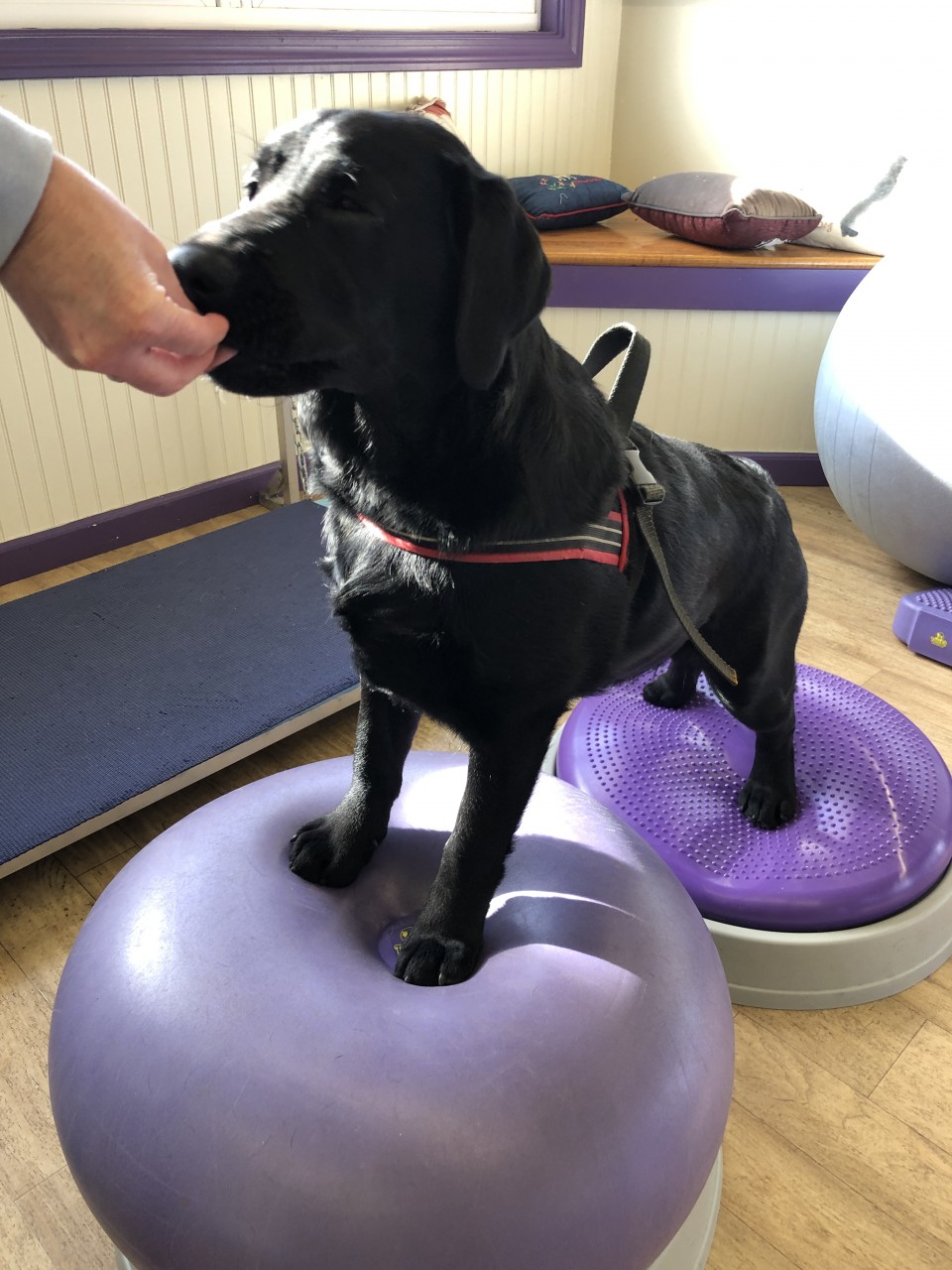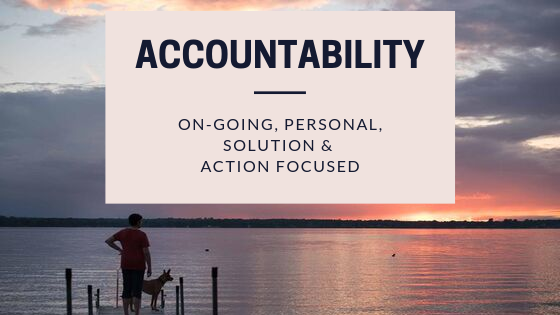In last week's blog post I introduced the idea of dog to child interactions – how to get the pair in the same space! Now let's look at what to do when the dog and child are interacting.
Dogs generally don't appreciate having anyone reach over them to pet the top of their heads. Instead, teach the child to pet the dog's chest, shoulders or side of the neck. If the dog is barely looking at the child's face and is just thrilled to be there with a happy, wagging body, then all is well and it isn't likely to matter what the child pets.



